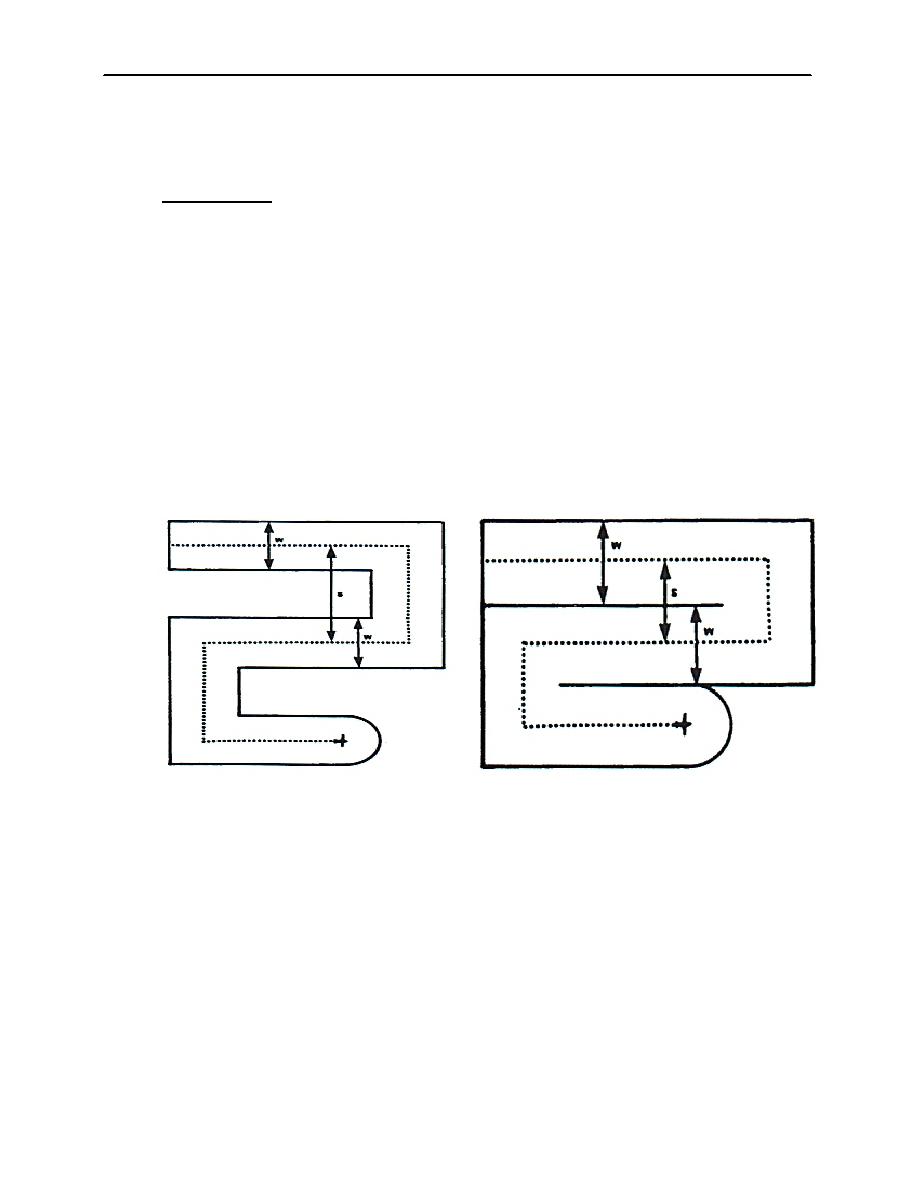 |
|||
|
|
|||
|
|
|||
| ||||||||||
|
|  JOINT ADVANCED MULTI-ENGINE T-44A
(6)
If the OSC must depart, shift OSC duty to the SRU remaining on scene which is best able to perform
OCS duties. Brief the relief OSC on the current situation and advise the SMC of the change.
(7)
Submit serially numbered situation reports (SITREPs) to the SMC at regular intervals. Included
803.
Search Variables. The goal of search planning is to cover as much as the search area as possible with a
reasonable Probability of Detection (POD). Area coverage is a function of the number, speed, and endurance
of SRUs used. POD is the measure of desired search results prior to a search, or the search results actually
obtained, and are a function of sweep width and track spacing. The RCC controller balances these variables
and on scene weather to develop a SAP to achieve the appropriate coverage factor.
(1)
Sweep Width (Ref (a), pg. 5-18) (W). Sweep width is the distance on both sides of a SRU where
the probability of detecting a target outside of the sweep width is equal to the probability of missing a target
inside that distance. It is a measure of detection capability based on target characteristics, weather, and
other factors. A sweep width may be a visual sweep width or a electronic sweep width using the search
radar.
(2)
Track Spacing (Ref (a), pg. 5-18) (S). Track spacing is the distance between two adjacent parallel
search legs. It directly influences the search objects target detectability.
(3)
Coverage Factor (Ref (a), pg. 5-28) (C). Coverage Factor is a measure of search effectiveness or
quality. Coverage factor must be calculated to compute the POD of the search object. Coverage factor is
calculated by dividing the sweep width by the track spacing (C=W/S). See figures 8-1 & 8-2 for examples
of C=1.0 & C=0.5, respectively.
C=1.0
C=0.5
Figure 8-1
Figure 8-2
(4)
be detected provided it is in the area searched. It is a function of coverage and the total number of searches
in an area and describes the effectiveness of single search or the cumulative effectiveness of multiple
searches. See figure 8-3 for Maritime Probability of Detection chart.
8-2
SEARCH AND RESCUE FUNDAMENTALS
|
|
Privacy Statement - Press Release - Copyright Information. - Contact Us |